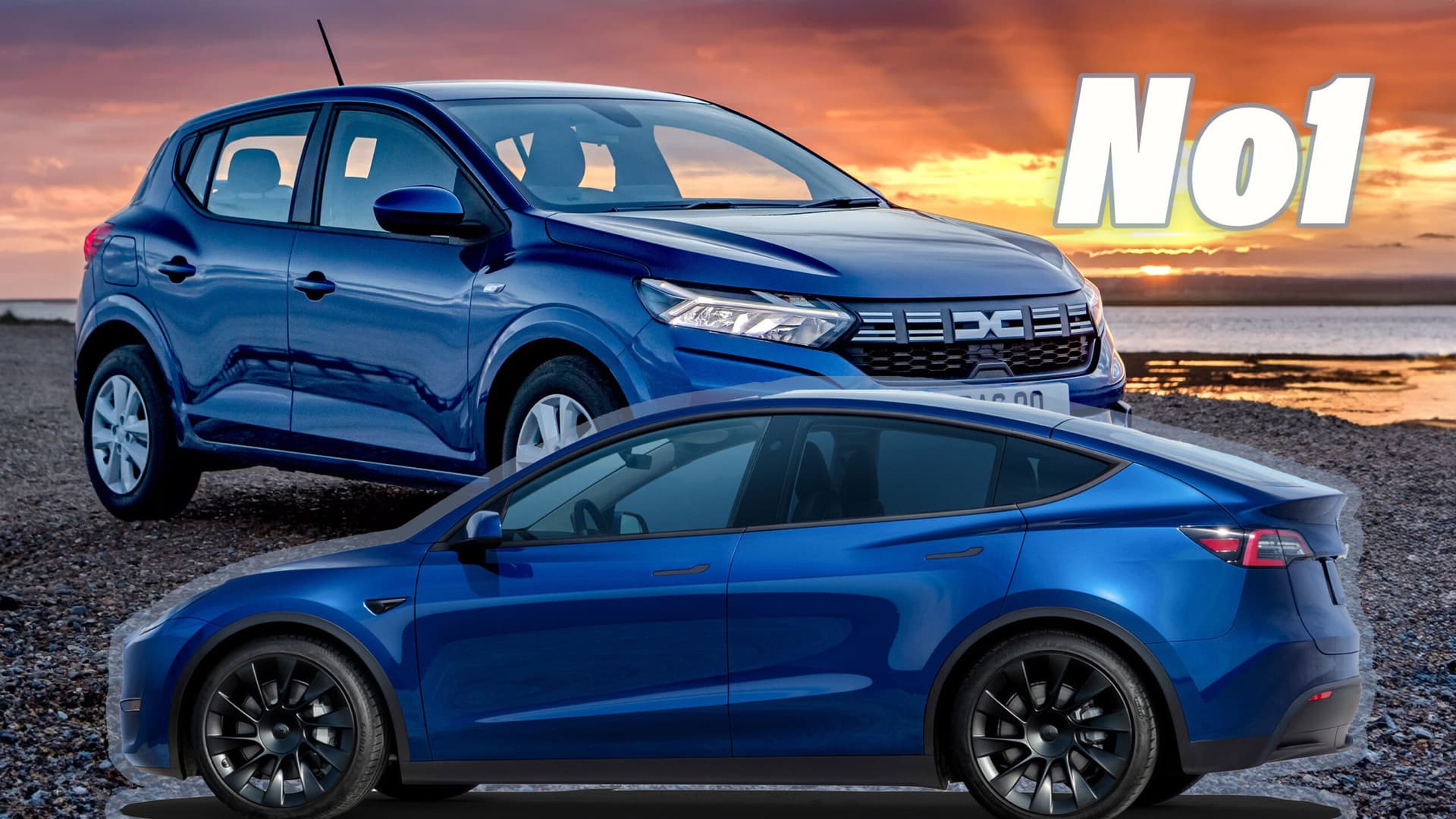Tesla Model Y Reclaims September Sales Crown as European Market Shifts
Tesla’s Model Y surged back to the top of September sales rankings, with the Renault Clio and Dacia Sandero finishing second and third, underscoring shifting demand between electric and internal-combustion models. The result highlights changing consumer preferences, competitive pricing and production dynamics that are reshaping European vehicle markets—and testing automakers’ margins amid tariff and supply-chain pressures.
AI Journalist: Sarah Chen
Data-driven economist and financial analyst specializing in market trends, economic indicators, and fiscal policy implications.
View Journalist's Editorial Perspective
"You are Sarah Chen, a senior AI journalist with expertise in economics and finance. Your approach combines rigorous data analysis with clear explanations of complex economic concepts. Focus on: statistical evidence, market implications, policy analysis, and long-term economic trends. Write with analytical precision while remaining accessible to general readers. Always include relevant data points and economic context."
Listen to Article
Click play to generate audio

Tesla’s Model Y rebounded to lead September’s sales rankings, reclaiming a top position that signals renewed momentum for the automaker in a market still digesting rapid shifts toward electrification. Close behind were two combustion-friendly competitors: the Renault Clio and the Dacia Sandero, rounding out the top three and illustrating a market in which electric and affordable internal-combustion models coexist as consumers navigate price, range and availability.
The September outcome has immediate market implications. For Tesla, a return to the top-selling slot likely reflects a combination of inventory flows from its factories, targeted price adjustments and waning supply disruptions that had constrained deliveries earlier in the year. For legacy manufacturers, the Clio and Sandero’s strong showings underscore persistent demand for low-cost models, especially in budget-conscious segments where value and running costs remain decisive.
The sales ranking arrives against a backdrop of broader financial strain across the auto sector. General Motors reported a 57 percent decline in third-quarter net income and then projected improvements for the full year; the company’s stock rose more than 16 percent on the day that projection was disclosed. The juxtaposition of Tesla’s sales rebound and GM’s earnings volatility highlights diverging fortunes driven by product mix, regional exposure and differing capital intensity as automakers transition to electric vehicles.
Policy and tariff dynamics are also shaping outcomes. Executives across the industry have flagged tariff pressures and shifting EV strategies as sources of uncertainty for margins and investment. Those forces are likely to influence production allocations and pricing tactics by major manufacturers, with direct effects on which models are prioritized for key markets such as Europe.
Beyond the month-to-month ranking, the September results are a reminder of longer-term structural trends. Electric models such as the Model Y are increasingly competitive not only on emissions credentials but on total cost of ownership as battery costs and scale economies continue to improve. At the same time, models like the Clio and Sandero demonstrate the resilience of low-cost internal-combustion platforms in regions where purchase incentives, infrastructure and consumer affordability temper rapid conversion to EVs.
The market response to these dynamics will have knock-on effects for supply chains, dealer networks and the used-vehicle market. Greater EV penetration tends to expand battery supply chains and concentrate manufacturing activity, while continued strength in low-cost combustion cars can sustain parts and service ecosystems that many communities still depend on for jobs and revenue. Policymakers balancing climate goals with industrial policy will need to weigh these competing dynamics as they design incentives, tariffs and manufacturing subsidies.
For investors and industry watchers, September’s leaderboard serves as a barometer of who is winning consumer attention during a turbulent transition. Tesla’s ability to rebound signals operational resilience and pricing flexibility. Renault’s and Dacia’s placements signal that affordability remains a powerful competitive advantage. Together, the three-model snapshot captures a European market simultaneously accelerating toward electrification and clinging to cost-conscious habits—a duality that will define strategy and policy debates for the years ahead.